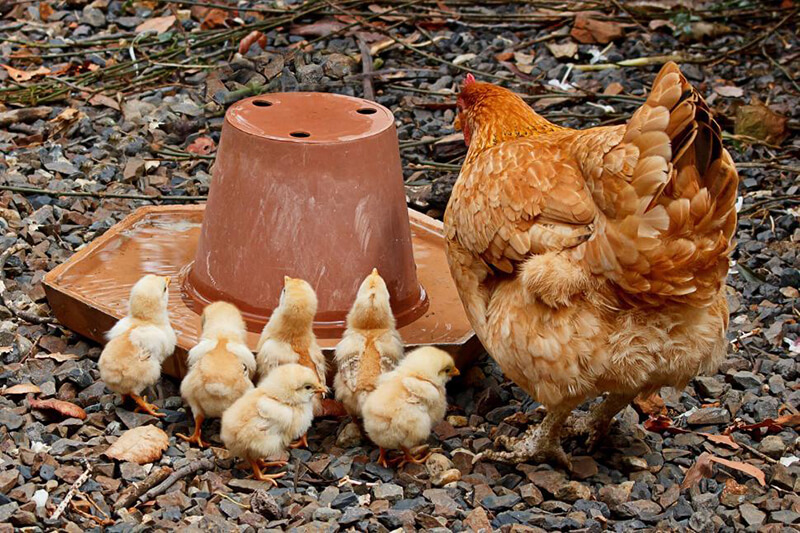
From Chicken Little to Chicken Big (Grades K-2)
Students identify different breeds of chickens, examine physical characteristics, and determine the stages of a chicken's life cycle.

Students identify different breeds of chickens, examine physical characteristics, and determine the stages of a chicken's life cycle.
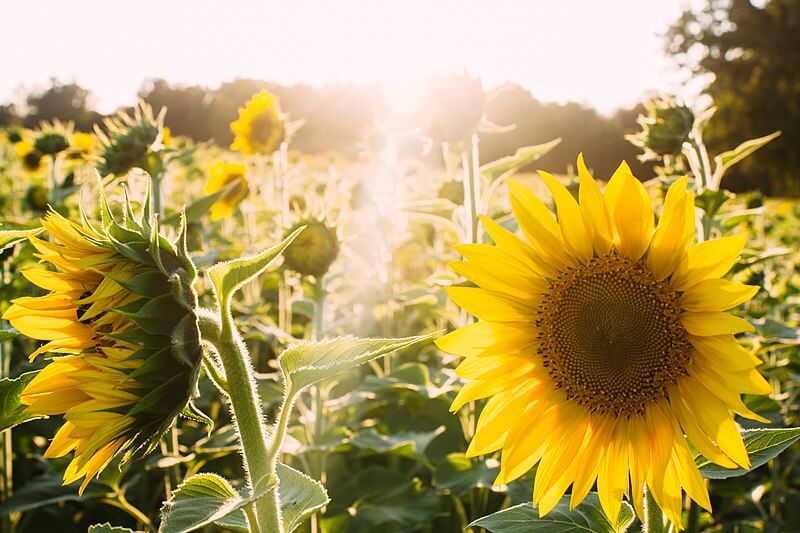
Students identify the characteristics of the four seasons of the year, investigate what causes seasons, and observe the effects changing seasons have on farms.
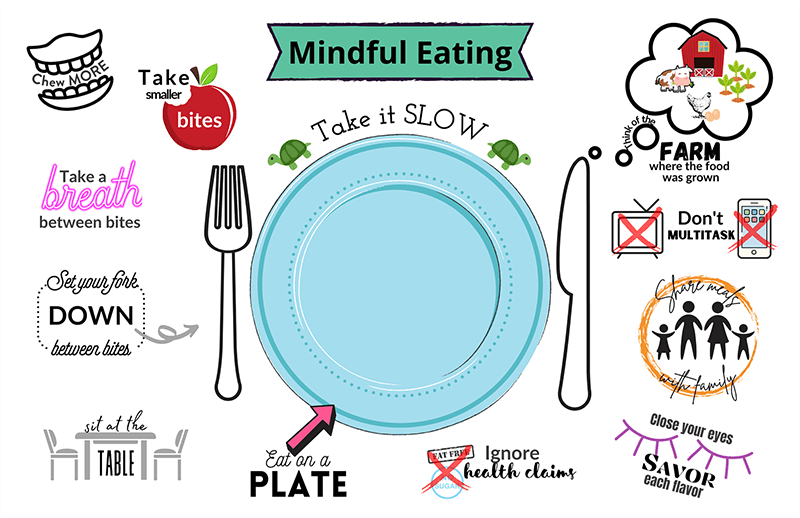
Students will explore hunger, satiety, and mindful eating to discover how our eating habits are impacted by our awareness to physiological signals of hunger or fullness. Students will also practice mindful eating practices and explore portion sizes as they sort foods, create meals using portion-size food models, and track their food using mindful eating practices.

Students will explore hunger, satiety, and mindful eating to discover how our eating habits are impacted by our awareness to physiological signals of hunger or fullness. Students will also practice mindful eating practices and explore portion sizes as they sort foods, create meals using portion-size food models, and track their food using mindful eating practices.
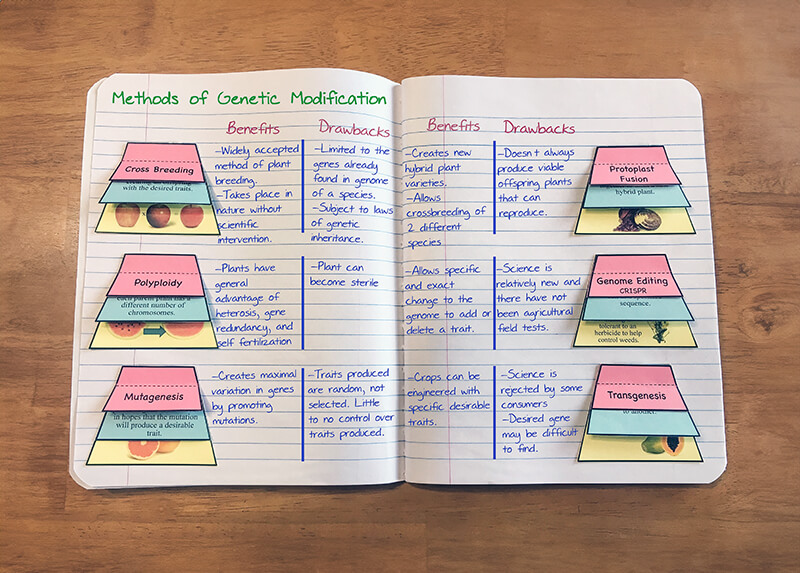
Explore six scientific processes that can be used in plant breeding to modify the genotype of a plant in the pursuit of desired characteristics.
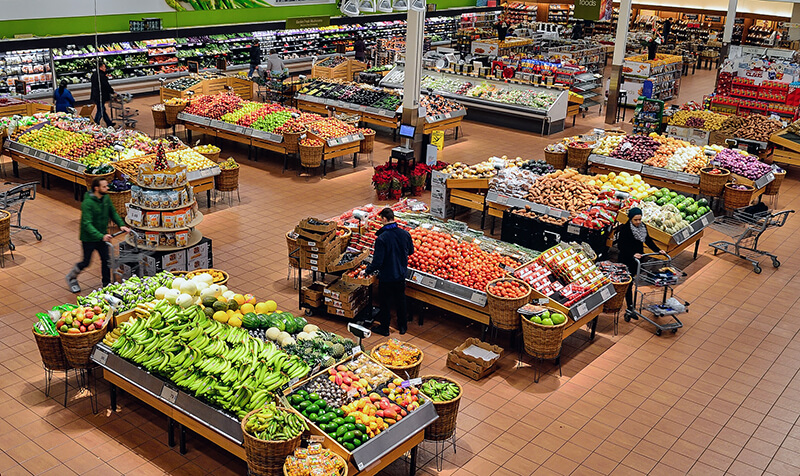
Students explore different cultures around the world, compare worldwide communities with local communities, and explain the interrelationship between the environment and community development.

Students explore different cultures around the world and their unique traditions centered around food and its preparations. Students discover how food gets from the farm to the grocery store.

Students explore the wide scope of agriculture, identify the variety of agricultural products and by-products they use in their daily lives, and discuss the difference between needs and wants.

Students explore the wide scope of agriculture, identify the variety of agricultural products they use in their daily lives, and discuss the difference between needs and wants.
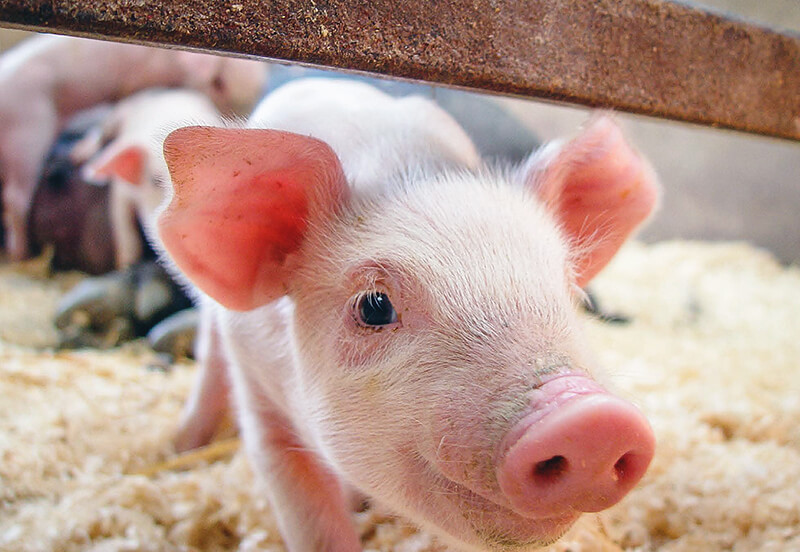
Students investigate six major livestock species, discover that animals need air, space, food, water, and shelter to survive, explore the life cycle of a farm animal, and identify the products each farm animal produces.
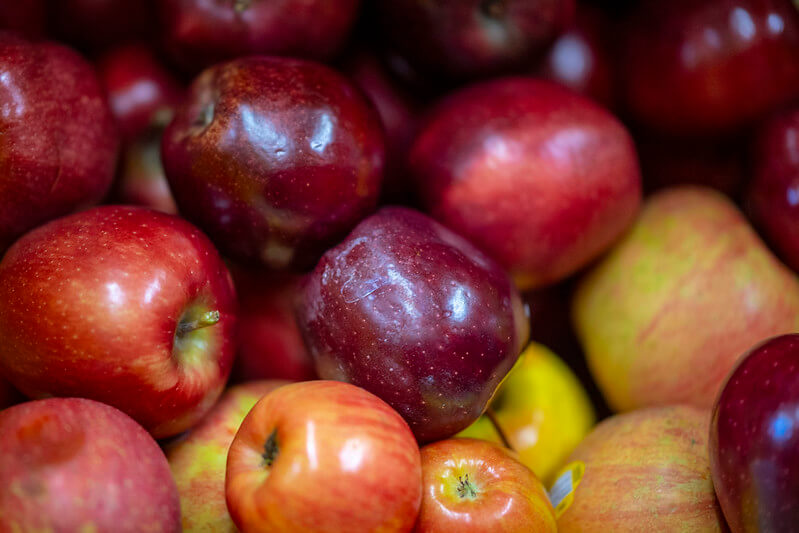
Students use their five senses to investigate apples, identify and model the parts of an apple, make applesauce, and discover how apples are grown.
Students determine that agriculture provides nearly all of the products we rely on in any given day by participating in a relay where they match an everyday item with its "source."